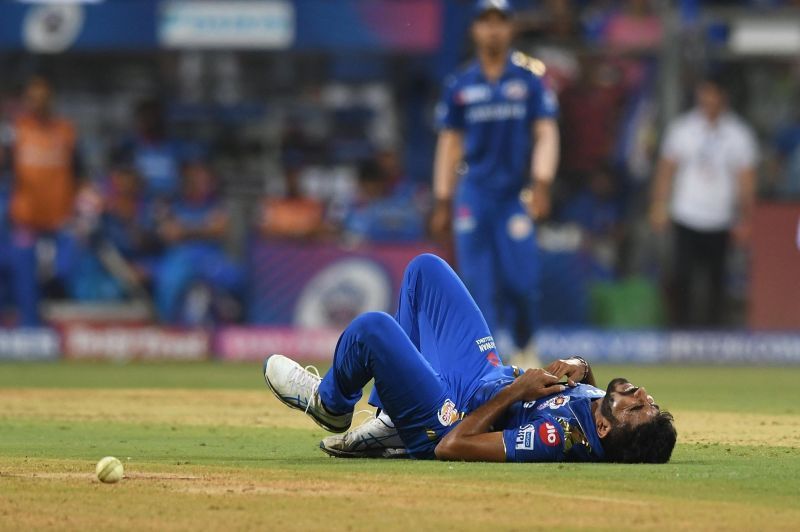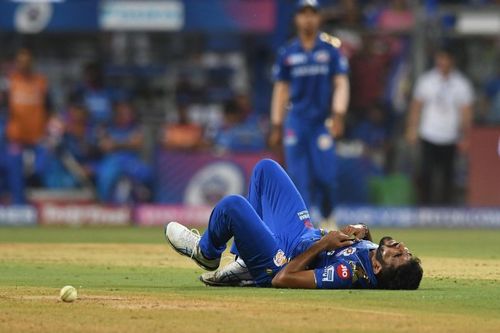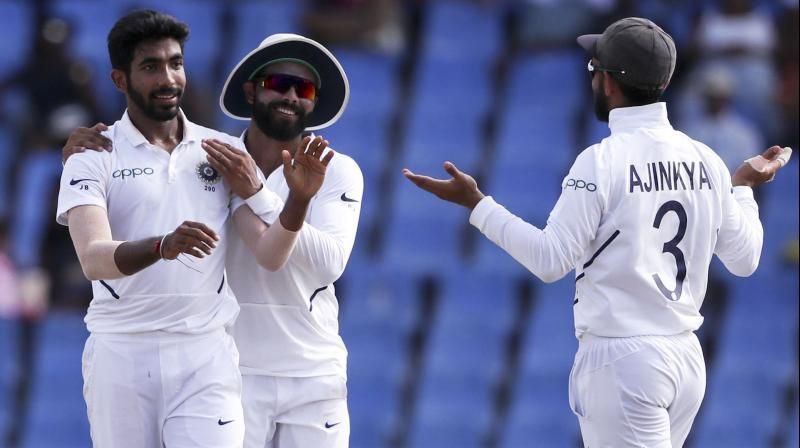
Why the COVID-19 lock-down is particularly scary for fast bowlers

In this tough period of the COVID-19 pandemic, when over half the world is indoors for a few weeks, many of them are getting a bit bored, and somewhat depressed. This is when amusing '#quarantine' videos and posts of their favourite celebrities perk them up.
Cricket fans, especially the ones who were thrilled about IPL 2020 and other major tournaments, seek entertainment by watching their beloved cricketers cook, go live on social media, share challenges, and do a plethora of other fun-filled activities.
What most of the fans fail to foresee is the fact that things would not be as simple as they may seem post the COVID-19 lockdown. Cricketers won't hit the ground running. Hitting the peak intensity after weeks of rest is tough and perilous at the same time.
Workload

Speaking specifically of fast bowlers, workload management is an art as well as science. For a physio, understanding it and implementing it with efficacy, are critical needs of the role as modern-day cricket is intense and absorbing.
In simple words, the workload is the number of balls per week or month in relation to the rest days.
As per most physio reports, 120-190 deliveries per week, with a 2-3 day break in between sessions is the most suited routine to ensure fitness, agility, and rhythm.
A recovery period of fewer than two days or more than four days increases the chances of an injury by at least two times. Thus, after the COVID-19 lockdown, rigorous training sessions would not be possible immediately.
So, what do the fast bowlers start with? The answer is Running - the cardinal point to ensure a quick recovery.
Running
.

Running works great on the bowling muscles - the hamstring, glutes, groin, and calf. It keeps these muscles activated and flexible. Some might argue that most cricketers have personal gyms ,and running should not be an issue. The fact is that ground reaction force plays a crucial role. Running on hard surfaces like a treadmill or on the terrace is rather risky. It may cause knee and ankle injuries.
Former fast bowler, Ashish Nehra, an epitome of tenacity himself, in an interview to PTI suggested that fast bowlers should do shuttle runs thrice a week, if they have gardens. These are small 20-30 metre runs between two points.
Probably the Indian ace pacer Jasprit Bumrah seems to be aware of this fact as he can be seen gardening in an Instagram post. The Indian fans should feel a bit relieved!
BCCI'S customised home workout routine

BCCI is aware of the injury risks to cricketers post the COVID-19 lockdown. and has done its bit to avoid the same. India's strength and conditioning coach Nick Webb, and physio Nitin Patel, as per BCCI's suggestion, have designed a customised home workout routine for all the Indian cricketers to ensure they remain in shape during the home quarantine.
Batsmen are given exercises to strengthen their wrists and shoulders. Bowlers, on the other hand, are given core and lower-body exercises.
Having said that, these workouts are nowhere near the outdoor ones. Top trainers and experts across the globe believe that cricketers will need at least three weeks to get back to match-fitness.
Let us hope that the world successfully wins over the COVID-19 pandemic, and all sports aficionados get to witness intense but injury-free sporting events.